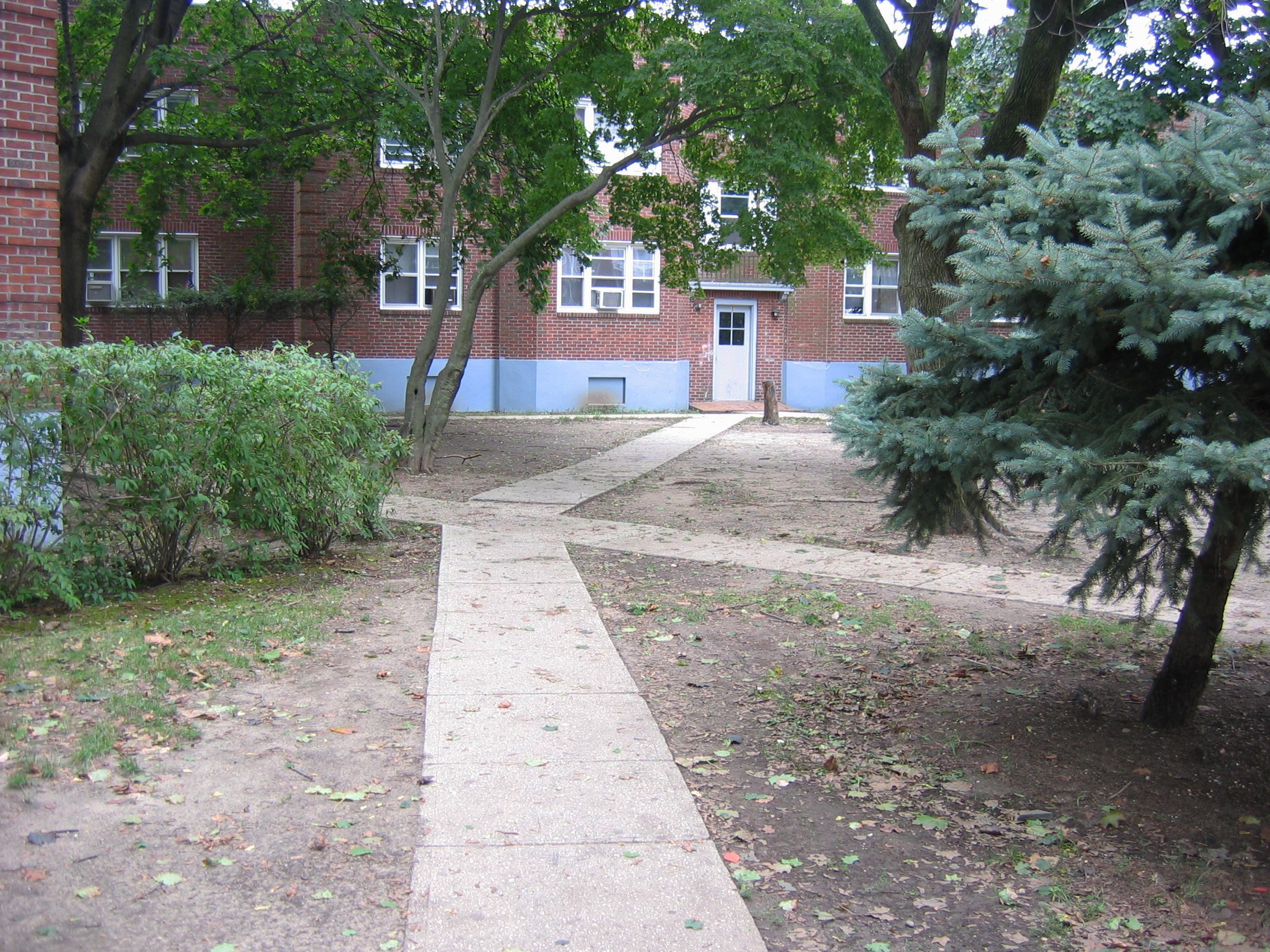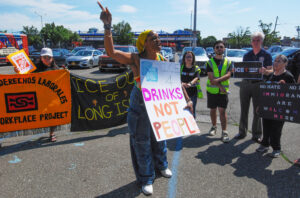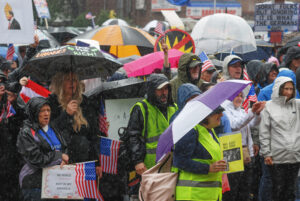Editor’s note: Part one of five.
Que Pasa, Long Island?
Listen to Episode One of the podcast here.
Today, The Long Island Advocate begins a five-part podcast, “Que Pasa, Long Island? The Story of the Secatogue Nine.” You will find Episode One above.
This audio series is the product of a multi-disciplinary collaboration between the National Center for Suburban Studies, and the Law Reform Advocacy Clinic at the Maurice A. Deane School of Law at Hofstra University, in collaboration with the Lawrence Herbert School of Communication’s online hyper-local news site, The Long Island Advocate.
The focus of the series is on an important housing discrimination case that unfolded in the early 2000s, culminating 10 years ago — in 2014 — in an important victory for the tenants involved in the case. Latino immigrant residents, under the Fair Housing Act, successfully fought back an organized attempt by a developer and local officials to displace them from their homes in a residential housing complex in Farmingdale, which lies on the border between Suffolk and Nassau counties.
In the series, we explore several aspects of the case and how it developed over time, from a community organizing perspective to the legal strategy employed by the members of the Hofstra Law clinic who argued the case. In the process, we demonstrate how these experiences are not exclusive to this one Long Island community. In fact, the story of the Secatogue Nine serves as a case study of the policies, attitudes and patterns seen throughout the country when battles related to affordable housing, community participation and racial discrimination directed at immigrants have disrupted civic life.
We hear about the struggles of immigrant day laborers on Long Island and how their attempts to find a decent paying job often resulted in a public backlash by people who were not comfortable with their visible presence in public spaces. This clash between the rights of immigrant workers to congregate at work pick-up sites and of local, white residents who saw this as a “blight” on their neighborhoods has occurred throughout Long Island, including in Farmingdale.
We also examine how so-called “smart growth” development for the revitalization of communities often leads to discriminatory housing practices targeting immigrants and other people of color, under the guise of long-term progress and improvements in the community.
We look at how misguided development approaches factored into what happened in Farmingdale, and why the case involving the Secatogue Nine is a textbook example of how smart growth development, if not carried out equitably and with adequate community participation, can be counter-productive despite its potential for positive outcomes. Finally, we describe in detail the discrimination case itself, and how a group of Hofstra University law students, under the guidance and leadership of the veteran, feisty civil rights attorney, Professor Stef Krieger, were able to turn back these discriminatory practices impacting so many Latino immigrant families in Farmingdale.
Their collaboration with an array of local community advocates and immigrant-rights activists led to a major legal victory that can serve as a model for future cases. Considering the current political climate, we consider this to be an opportune time to expand this conversation.
Ultimately, our objective in telling this complex story is to shed light on one aspect of the immigrant experience, particularly for Latinos in the U.S. Many of these immigrants migrated here after fleeing traumatic experiences back home. They took this extraordinary risk with the hopes of building new communities here in the U.S., in the best interest of their families. And in demonstrating how the Latino immigrant community has had to endure difficult, often traumatic circumstances here in the U.S., we hope to contextualize the anti-immigrant discourse that makes headlines almost daily.
Much has changed since the settlement was reached between the Secatogue Nine and the Village of Farmingdale. Development in Farmingdale has picked up in the last decade, and the downtown area has been fully transformed, generally for the better. But the problems that were the basis of this years-long fight continue, almost unchanged: How to resolve Long Island’s affordable housing crisis in the face of local opposition? How to confront the intransigence of entrenched elected officials who are so quick to say “not in my back yard,” when it comes to building new housing for working people. How to include local residents, particularly residents of color, in the development process? How to protect the rights of immigrant workers and their families, especially in a national climate in which anti-immigrant sentiment is growing? If anything, these issues continue to divide communities profoundly, impacting countless families, on Long Island, in New York State and throughout the country.
Episode I: Who Are the Secatogue Nine?
Description:
Our story begins with the experiences of the residents of 150 Secatogue Ave. in Farmingdale. The “Secatogue Nine” recount their traumatic journeys from their native countries in an effort to start a new life on Long Island. Social unrest, domestic abuse and gang violence are only a few examples of the trauma they experienced in their native countries. Facing such adversity, they made the courageous — and often life-altering decision — to journey to America in hopes of escaping these experiences. When we started talking to the residents involved in the lawsuit, we were eager to know more about their lives before they came to the United States. We hear so much about immigration issues in the media, but rarely do we get a chance to delve deep into the life stories of the people who are most affected by our nation’s immigration policies and the struggles they faced well before they even set foot in this country.
How did these families come to settle in Farmingdale, Long Island?
What were the circumstances like back home? And what made them eventually leave their families behind and risk the long journey to the U.S.?
In this episode, we feature five of the voices of former residents of 150 Secatogue Ave., the housing complex in Farmingdale that was targeted by the developers and the town.








